As we have seen more often in the past 20 years, a city or a regional blackout is no longer a matter of if, but rather a matter of when will the power go out.
The flow of electricity could stop at any moment, and anything from a natural disaster, an overload of our outdated power grid, to a hacking attack can send us back to the colonial age.
When I first moved to the country and decided to become more self-reliant, I always knew that someday we would have to face an extended blackout. All our neighbors were so proud, saying, “this town doesn’t lose power, and we are fortunate to live here.” Although their words were reassuring, my gut was telling me to get a generator since one day it may come in handy.
Six months after we moved into our new house, a storm caused a major blackout not only in our town but in many others as well, across the entire state. Falling trees took out the power lines, and the roads required a considerable effort to be cleared. Two weeks we had to rely on our generator and use it sporadically to conserve fuel. I can tell you that the first 2-3 days were tolerable, but after more than a week we started looking at our generator like it was a gift sent by God himself.
In the end, it was the main thing that made us feel human again.
Preparing for a blackout
You may think that a generator is a big investment and that you don’t really need one right now. However, you will have to pay a lot more for one when they are in high demand. Not to mention that you won’t have the time to get familiar with it and you won’t know what to expect during its extended use.
The first thing you should consider when looking to outfit your house with a generator is the mobility aspect. Some people will decide to hunker down when a disaster hits while others will choose to stay mobile, ahead of the crowds. That being said, you have to option when choosing a generator: a mobile one or a standby generator.
A standby generator is designed to provide you with power in seconds after the grid fails to do so. They run on propane, diesel, and gasoline. They are quite expensive seeing that a generator that can power a single-family home can set you back $5,000 and that without including the installation and other required parts. You also have to consider that it is a permanent solution and you need to provide a dedicated space for it just like you would do for a central air conditioning unit. This is a perfect solution if you have the budget and if you plan on bugging in when it hits the fan.
On the other hand, a mobile generator as the name implies, it’s mobile and can be moved to where the power is needed. It is the perfect fit for the homeowner who may require power in other remote locations. The price for a mobile generator ranges from $400 to $2,000, and if you plan to get one, I recommend the Honda brand.
Calculating your wattage
In preparation for a general blackout, you must know, after determining your budget, what your wattage is. You will figure this out only by summing up the running watts and surge watts of the appliances and tools you need. The surge watts, also known as start-up watts, is the extra power needed for an appliance to start. The running watts is the continuous power used by an appliance in normal conditions.
To exemplify the above, think about your refrigerator. In this case, it needs an extra boost to start the compressor (start-up watts) and a certain running power to keep it going (running watts).
Before you go out and buy your generator, make a list with all the must-have appliances you will need to power for a week or two. Write down things such as your freezer and/or refrigerator, hot water heater, well pump, etc. After you take into account all the must-have, you can make a list with the nice-to-have like lighting in less-accessible areas, air conditioning, entertainment, etc. This will help you figure out your minimal investment but also the maximum amount of money you will have to spend to ensure all your day-to-day comfort.
Fueling options
Here the options may vary, but gasoline is the most plentiful and convenient to purchase. Diesel may not always be easy to find since certain gas stations won’t sell it, while propane needs to be delivered by truck if you have a large storage tank, but also if you purchase 20-gallon tanks.
The problem with fuel is not how to acquire it, but rather how to store it. All types of fuel are dangerous to store, and you need to have a dedicated area for storage. Fuels should be stored away from any potential flame or spark, and you are required to pay attention when handling them. You might have to fill your generator’s tank more than once (that’s a guarantee), so ease and safety are a must. Make sure you also consider the durability or shelf-life of your fuels depending on your preparedness plan. For long-term preparedness, diesel and propane are recommended due to their longer shelf-life.
This is common sense for most folks, but I have to stress it again and again. Carbon monoxide poisoning is a silent killer, and it’s vital to run and locate your generators outside and at a reasonable distance from your home. Fumes will build up when the generator is running, and many accidental deaths have occurred due to carbon monoxide poisoning.
Get some professional help when installing your generator
Beside your generator, you will also need to purchase a generator transfer switch. Such a switch will be hardwired into your home’s electrical panel and will connect the needed circuits to the generator.
Basically, you choose which circuits will be powered by the newly purchased generator. This switch will keep everything contained to your home and won’t allow power to get back to the grid (which can be dangerous for workers trying to restore downed power lines).
Use a heavy-duty 30-amp cord to connect the switch to the generator. This type of cord will allow you to place your generator in an area away from your home in a dry area while supporting the power produced by your generator.
The solar power alternative
Harnessing the sun’s power has become very popular in the last decade, and we now have a large array of options for powering our homes using solar power. From passive cooling to batch solar water heaters, everything is now available when it comes to DIY solar power projects. Nowadays, more than ever, people are beginning to understand that solar power is not as complicated as it used to be.
This technology has become extremely accessible in our modern times, and you just need a few basic skills in order to do your own solar project. Besides calculating your power needs, you will need to learn the language of solar power, since this is the most confusing aspect for most people.
If you plan on using solar thermal applications, you should know that both passive and active systems exist. The passive systems are designed to not involve any mechanical devices. The active systems (such as photovoltaic panels) are designed to use mechanical devices so that the energy is stored for future use. When you start reading about solar power, you will discover terms like an open or closed system, charge controllers, and inverters. These are terminologies that may be confusing at first and to know more about them. I recommend consulting the glossary the good people at Energy.gov put together.
As alternative energy is becoming more mainstream, you can find a lot of DIY materials available at your local home center or online. You can even build mobile, 3d solar panels that are capable of generating electricity twice as much as regular solar panels. Not to mention that having your own, independent power source becomes essential if you plan on living off the grid or if you are preparing for natural or man-made disasters.
Common problems during a blackout
Your town and your home will be a very different place without electricity, the blood of our modern world. Why it’s not impossible to survive without electricity (just look at the pioneers) we can all agree that the modern appliances that allow us to cook a hot meal, have running water or heating and cooling our homes can sometimes make the difference between feeling human or not.
That being said, here is your life at a glance without power and what you should expect in your daily life.
Currency
When electricity is flowing, we swipe our credit cards, and that’s all it takes to make a purchase. We stand in line at the ATM to get some cash when needed, and they provide us with access to our money no matter where we are in the world.
When the power stops, you will have to rely on cash for all your purchases and transactions. And if you are lucky to find a business that is still operating, you will need cash in numerous denominations. We could also talk about barter here, but this is a system that gets established in time if the power never comes back.
Home security
When everything is working, and the power grid is in full mode, your wireless home security system keeps you safe. You have automatic garage doors, and you have all sorts of trespassing alarms to alert you in case there are intruders on your property.
Without electricity, deadbolts and sturdy locks are your best friend. You will need to be able to block your entry points (windows, doors, etc.), and you will also have to rely on your neighbors to help you defend your property.
Medical aid
Today we have access to our medical records with a push of a button. We are able to get medications and professional medical help without thinking twice about it. Everything is in reach, and everyone can take care of themselves (sort-of) if need be.
Without power, you will need to have at least a 90-day medicine supply, and your doctor supply prescriptions should last for at least 60 days. Not to mention that you will actually have to take care of yourself, meaning that you won’t be able to call for help if you get injured and improvisation and alternative medicine will become your best friends.
Food
Ah, the joy of fast food and fresh produce! These small details we tend to ignore in our day-to-day lives. It seems that they are always there when we need them and will always be there no matter what. We don’t bother trying to figure out the process through which fast food and other food items are delivered to us.
When the food trucks stop coming, and the supply chain is broken, you will need to depend on your canned supplies, freeze-dried items, your vegetable garden (if you’re lucky to have one) and sometimes on MREs.
Cooking
Say goodbye to your electric oven and microwave if the power stops. You might have an electricity generator, but when the fuel runs low, you will need to think of alternatives.
Go with a propane range or oven, or even better, get a barbecue grill or a woodstove. Compared with your electric oven, cooking might not be as fast on a woodstove, but you will at least be able to enjoy a hot meal.
Heating
Electric heat is a godsend when the cold is setting in, a space heater or an electric blanket provides you with all the comfort you need to enjoy a winter night.
Say goodbye to all of that during a blackout and consider storing wood for your fireplace and woodstove. Even kerosene heaters will do the job and keep you warm during those cold nights. And as a last resort, layered clothing will also do a decent job.
Fuel
We talked about fuel for your generator and how you can procure it without any headache when the flow of electricity is undisturbed. Gas stations will be there for you as long as the power is on.
However, you also have to consider that you may need to make your own gas cache and store some fuel for rainy days. Having a few fuel containers in a shed, near your home will become your salvation when the town goes dark. If you live in a forested area, you might also be able to procure fuel for your woodstove. If that’s not the case, make sure you also stockpile some wood and coals for your grill, wood stove, and fireplace.
Lighting
Instant AC lighting is common for all of us, and turning the switch on is all it takes to light up a room.
All good, till the power runs out and you need to run your power generator. To save fuel and to be able and light up rooms or areas that your generator can’t cover, make sure you have one or two flashlights with rechargeable batteries, and a solar or kerosene lantern.
Power tools
One aspect that seems to be ignored by most folks is the repairing or rebuilding process that comes after a natural disaster. They know some work will need to be done, and they believe they would still be able to use their AC and cordless tools, chainsaws and air compressors.
If you are not prepping for such scenario and assure the means to power or recharge your tools, you would be better off sticking to the classics. A manual cross-cut saw or a hand drill will do the job just as fine as their electrical counterparts. This, of course, if you know how to use these tools and if you have the stamina to do so.
Transportation
Commute, trains, motor vehicles, subways, and pretty much all you can think of are somehow dependent on electricity. During a blackout, all transportation comes to a halt, and sooner or later, you will have to figure something out if you want to stay mobile.
In most cases, the bicycle will become your main vehicle, and it will have to do until things go back to normal. Some will use their horses while other (most fortunate) will have their electric cars up and running with the help of a few solar panels. Think about what would you use when your car runs out of fuel and how to maintain your backup vehicle in good shape.
Conclusion
When a blackout hits your town or when the regional grid collapses, your life will change dramatically. While you will be able to cope with the situation for a few days, your physical and emotional strength will eventually be put to the test. Having a plan to outlast a regional blackout will make coping with this life-altering scenario much easier. It may not sound easy or be convenient for some, but learning how to live now without power will help you when your town goes dark.
It will keep you functioning and alive until things get back to normal.


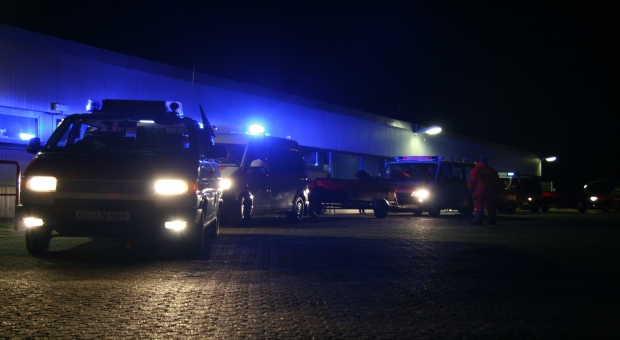
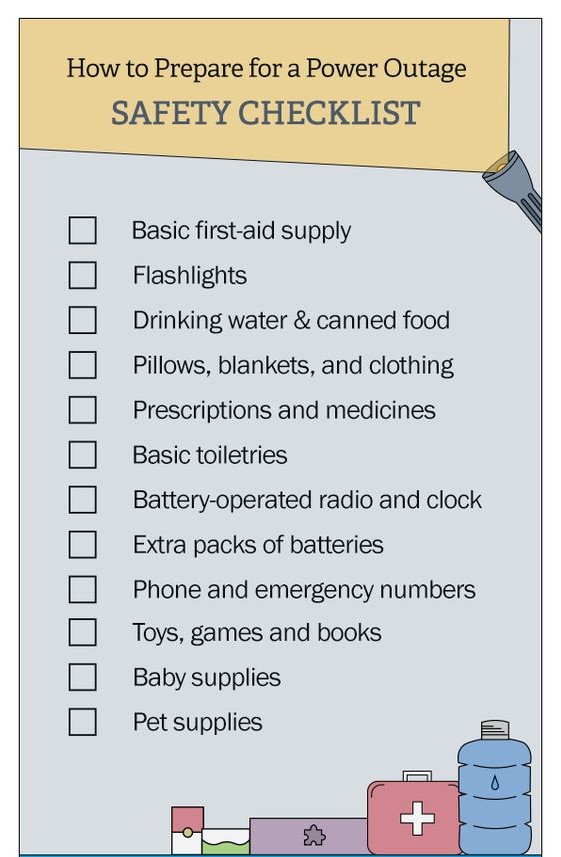
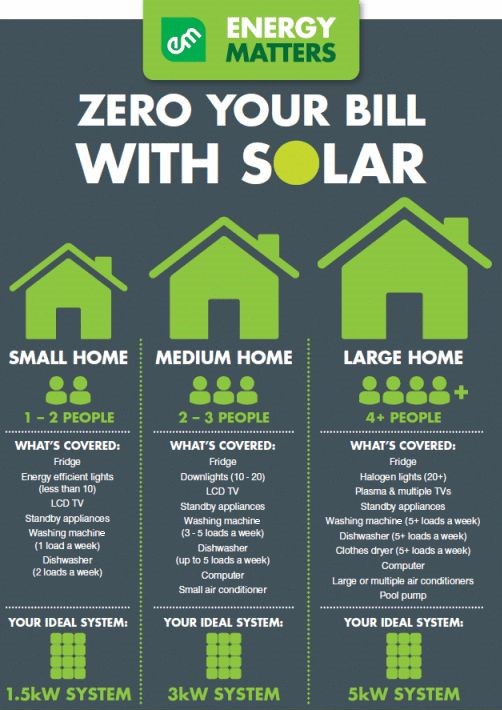

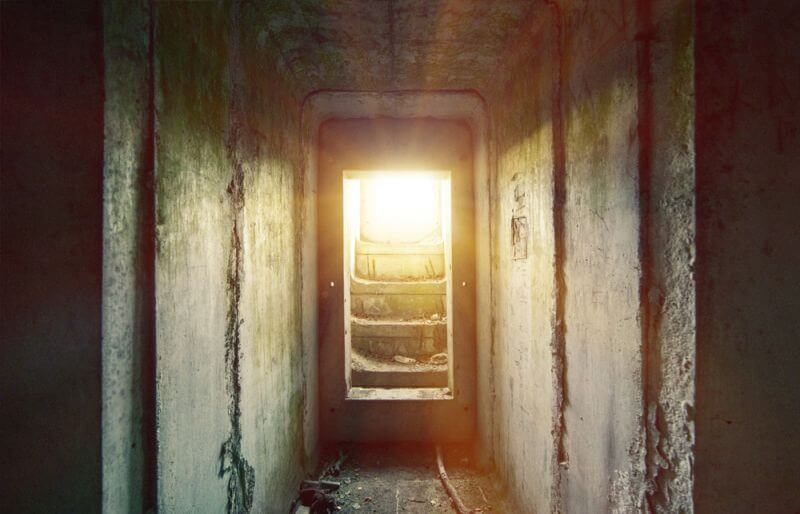
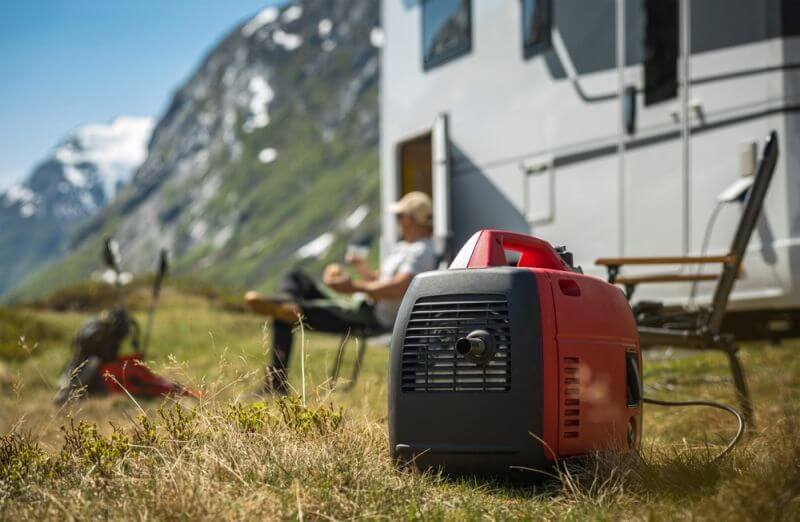
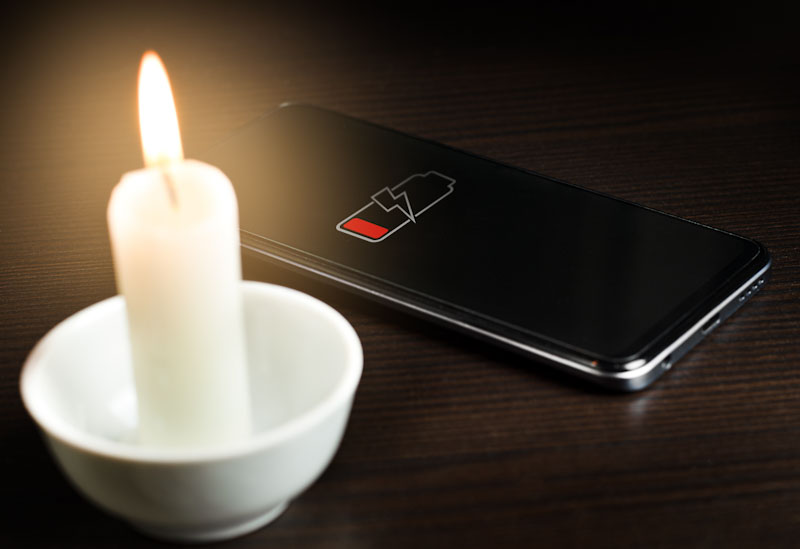
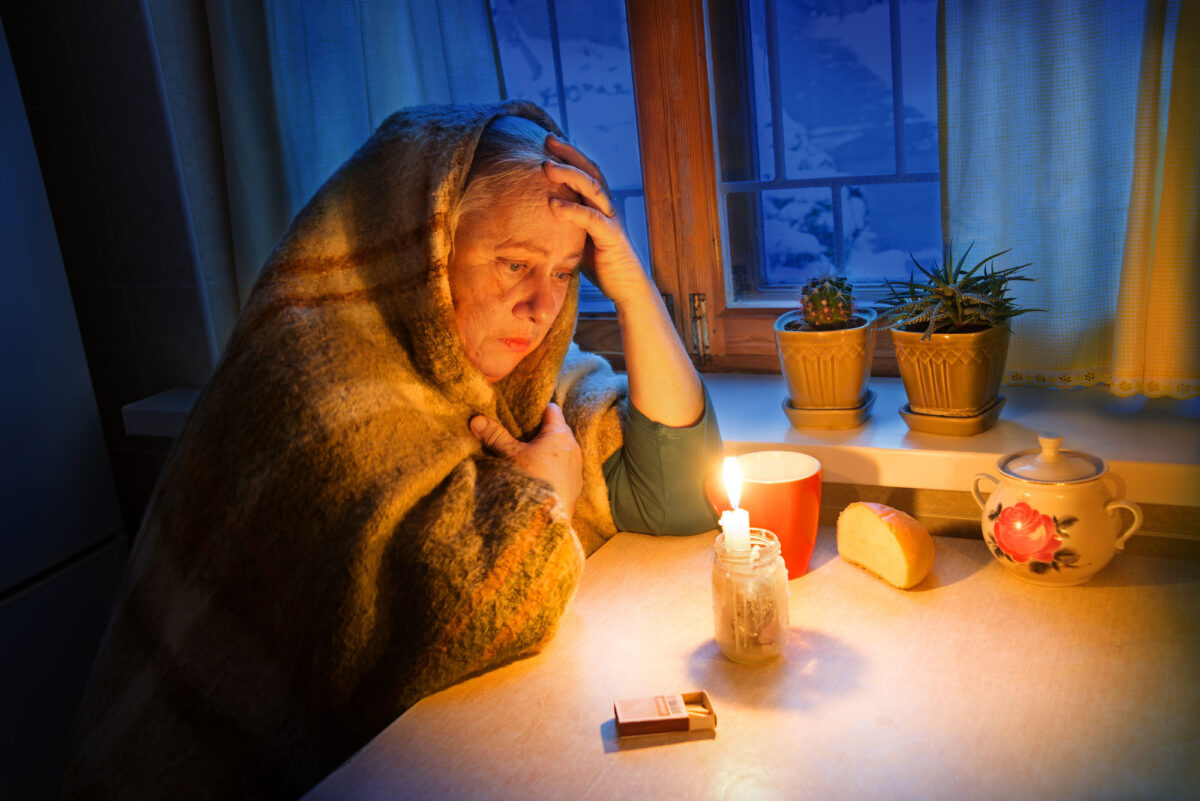

Tom Jackson | May 25, 2019
|
To me the first thing you do is to monitor and write down semi-daily your power usage over a month’s time. Using a device that can do this for you would be a lot better. This gives you a pretty true idea of what actual power usage you have during the day. It will probably amaze you that at peak times you are not using as much as you think because everything is not running at the same time. Use these numbers for sizing a generator, battery bank, and/or solar power. Use a switch that powers your whole main circuit breaker box and then you can turn off those areas that you don’t need but also allow you to change what circuits you do need whenever they are needed. If using an outdoor generator then make sure that it runs on both natural gas (if you have it available) and propane gas which you will have an onsite tank which will store enough to meet your planned outage with spare. Propane will not degrade with age like gasoline. Generally with electrical power outages the natural gas is still provided. Stage one is to setup the generator to provide power. It may need to be intermittent because the generators generally can’t run all the time. Second stage is to set up a battery bank which will provide enough power for a typical day and use your generator to recharge the battery bank when needed. That way the generator doesn’t need to run all the time. The third stage is to take the big jump and install solar power that will keep your battery bank charged all the time with your generator still being used as a backup when the solar doesn’t provide enough.
Bill in Idaho | May 25, 2019
|
First things First ! 1.) Don’t even consider relying on any type of “Solar Panel” for your primary power source. Just ask yourself – How well do your Photo-Voltaic Panels work at 3:00 A.M. ? The first one or two panels are to build up your storage batteries from operating the articulating system electric gear-motors – Each panel uses two motors – One for Up and Down Tilt (For Your Latitude and the Specific Day of the Year – From 06/22 and 12/22) – and the Other for the constant “Indexing” from Sunrise to Sunset.. You also will have system losses for the charger/ inverter controls/ any transformers ( About 65% efficiency), plus the losses to wiring and switching resistances. Then you can think about actual net power output – for about 6 to 9 hours – on a clear day. And 2.) Store Gasoline in steel Marine fuel tanks, kept under a solid roof – and ALWAYS Add “Sta-Bil” to your liquid fuels. Propane is less troublesome – but more complex to get “Refilled”.
ToCor | May 26, 2019
|
Agree with portable generator. I had my electrician install a generator interlock on my switch box with an outside connector for the generator. The interlock shuts off the main and allows the generator to power the house with 30 amps of 120 volt AC power. 25 gallons of fuel will get me through about two weeks of intermittent use. Propane and kerosene are my secondary and tertiary cooking sources. Candles, lamps and solar lights will provide illumination when the generator is not running. Ham radio using batteries provides comms. This supports my plan to “bug in”. Bug out is currently not an option.
Joseph Hamontree | May 26, 2019
|
I ordered darkest days about 3 month ago have not received yet credit card was charged received no com#
Alex | May 27, 2019
|
Hello Joseph,
One of our colleagues will contact you soon to solve any issue you have encountered.
Thank you for being a part of Survivopedia 🙂
runnamuck | June 4, 2019
|
belive it or not you can live without electricity or generator my grandfather called it daily life my father had no electric on his farm until 1947 due to co ops I went 18 days when the electricity went out with uour generator you better hope the electric comes back on trust me get wa wood stove it will heat your house cook your meals heat the bath water
Laura Wilson | July 18, 2019
|
I’m afraid that the reality of life for me if we ever have to endure a “Carrington” type event would be horrendous. Living alone as a 72 year old woman in an apartment, in a large urban center, would be fatal. The only remedy would be to hold out as much as possible, in the hope that the outage is only temporary. Once it becomes clear that it is not temporary then the only reasonable thing to do is to commit suicide with an over dose of pills. When I was young and strong and married, we were preppers. But my dynamics have changed. Sadly. Oh, to be young again!